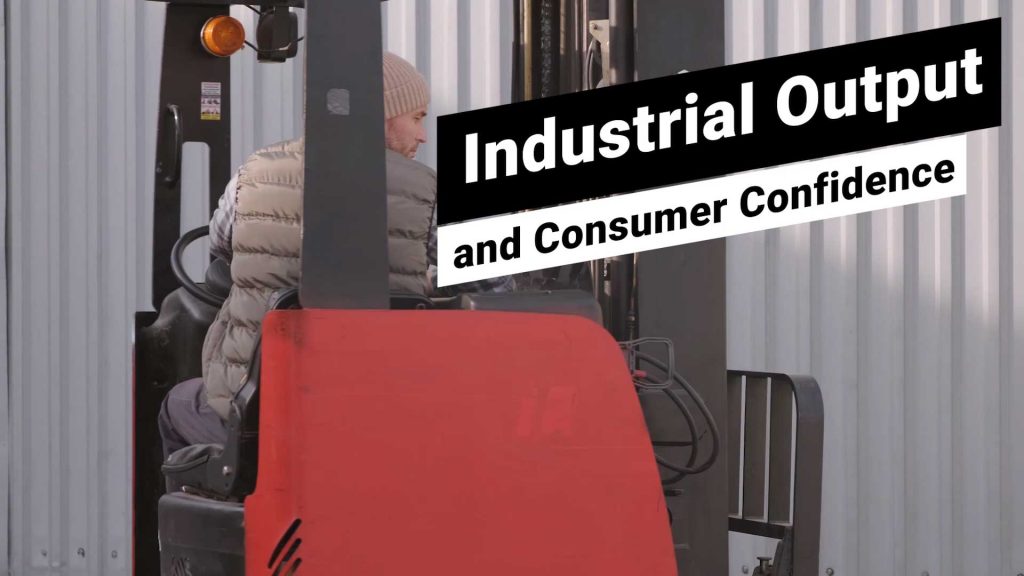October is here which means the 4th quarter and its retail rush are fast approaching. Coronavirus has continued to plague much of the world with firms disrupted on a global level. Since March supply chain managers have worked to maintain company operations and find alternative solutions to problems that have arisen through the pandemic. Eight long months of a global pandemic have pushed firms to adapt and pivot to the ongoing crisis in an effort to keep their firms functioning and hopefully profitable.
Below is our latest supply chain video update:
Let us know what other topics you would like to see covered.
Here is a detailed breakdown of current supply chain industry conditions
Current Freight Volumes
While early in the year freight volumes were down to levels that haven’t been seen in a decade and many arguments pointing to a distinct lack of a peak season, many have been pleasantly surprised that consumer demand and spending seem to have come back as the summer pushed on. Once most factories resumed production, even at reduced levels, it meant that firms globally were in a rush to restock shelves, which has lead to a massive uptick in freight volume.
According to FreightWaves, truck volume is now up over 15% on a Year over year basis. Rail traffic is overall down, but intermodal rising above 2019 and even 2018 levels due to capacity constraints in the trucking market which has sent rates sky-high. Rail volumes, in general, have seemed to be a lagging indicator across the last few months, with trucking volumes dropping and rising before rail volumes repeatedly.
Long Term Near shoring?
Many firms have spoken openly about wanting to be less reliant on one country or geographic location for the majority of their production which is leading companies to think about nearshoring, with Mexico as the obvious choice. Spreading Asian production across multiple countries such as Taiwan, Vietnam, Korean and Malaysia will also be a long-term approach firms will take cautiously. The capital expense involved in moving production prevents companies from making quick decisions regarding long-term production locations, but Mexico in particular provides benefits many US companies are searching for including less political risk, easier control, shortened transportation lead time, more transportation options and favorable costs. The USMCA agreement which passed this summer and functions as a replacement for NAFTA also encourages nearshoring and cross border trade between the United States, Canada and Mexico.
Questions about Capacity
Industry leaders are also expecting the current truck driver shortage to remain and grow as a critical issue in the coming years. There are several reasons, such as stricter drug and alcohol testing, increased insurance requirements, long term fuel costs, and owner-operator financial pressure due to previously low freight volumes.
Forward-looking outlooks include continued high transportation prices and a lack of capacity on certain lanes. For shippers, the net effect is that their transportation costs will continue to be a larger piece of their overall product costs and represent a greater percentage of the total cost of production.
This will lead shippers to utilize more diversification strategies such as intermodal, which on longer lanes represents a 10-25% reduction over OTR trucking rates, more guaranteed capacity and simply as an alternative for limited trucking capacity on key long haul lanes.
Supply Chain Technology
2020 has been the year of technology for many firms regardless of their function. As workers have transitioned to working from home, companies have had no choice but to quickly adopt technology solutions that let a more dispersed company continue to function cohesively. Supply Chain firms have adopted numerous types of technology ranging from better communication for work from home employees, remote warehouse and inventory planning solutions and freight tech that gives shippers access to more capacity, all in an effort to maintain fluent operations.
More accurate inventory planning through tech solutions is another planning advantage that supply chain managers can use to better coordinate with both supplier and transportation partners to move raw materials and products and keep inventory at desirable levels. Lead time has increased for most companies, particularly going into the peak season and 4th quarter, which means that firms must more carefully plan ahead when replenishments will be needed and forecast demand more accurately.

Import Volumes
Import volumes from Asia to the US hit rock bottom in late March with volumes so low that port facilities reduced shifts, ocean carriers blanked sailings and US rail providers reduced intermodal capacity at international ports.
Since March, US imports have risen 91%, which is a staggering number and has created capacity issues on the domestic transportation side of supply chains.
In an effort to match capacity to demand, US rail operators, port facilities, ocean carriers and drayage providers have recalled staff and assets to handle the traffic surge. Railroads in particular were not expecting such a bump in volume and ran out of domestic containers on the west coast. This resulted in empty repositioning moves used to bring additional container capacity to the west coast.
While impossible to predict, the coming 4-6 months will be a critical time for everyone in the transportation industry, as volumes levels are monitored closely to watch for weakness, which will signal pricing drops and an end to an abnormally long peak season.
Many firms sign contracts guaranteeing rates with providers ranging from air freight, trucking, rail, and ocean companies, the current high market will almost certainly push next year’s contracted rates higher.
Closing thoughts
The next 12 months will be telling for the global economy and supply chain industry as a whole. Large sweeping changes will start to arise including more nearshoring, prices will remain high until volumes diminish, but the X factor and major unknown is the state of the pandemic. If a vaccine is developed and effectively deployed, consumer demand will likely remain strong, unemployment will drop and businesses can return to more normal operations. However, if a vaccine is delayed or major covid19 localized outbreaks continue, it’s also likely that consumer spending will lag which will put financial pressure on many companies and families going well beyond even 2021.
About Zmodal
Zmodal is a digitally enabled multi modal logistics provider that services shipper small and large across multiple modes of transportation. Our dashboard based system gives you easy access to intermodal pricing and booking as well as simple and easy data analysis, document management and billing. Converting long haul freight or cross country freight to intermodal has never been easier! Take a look HERE.



